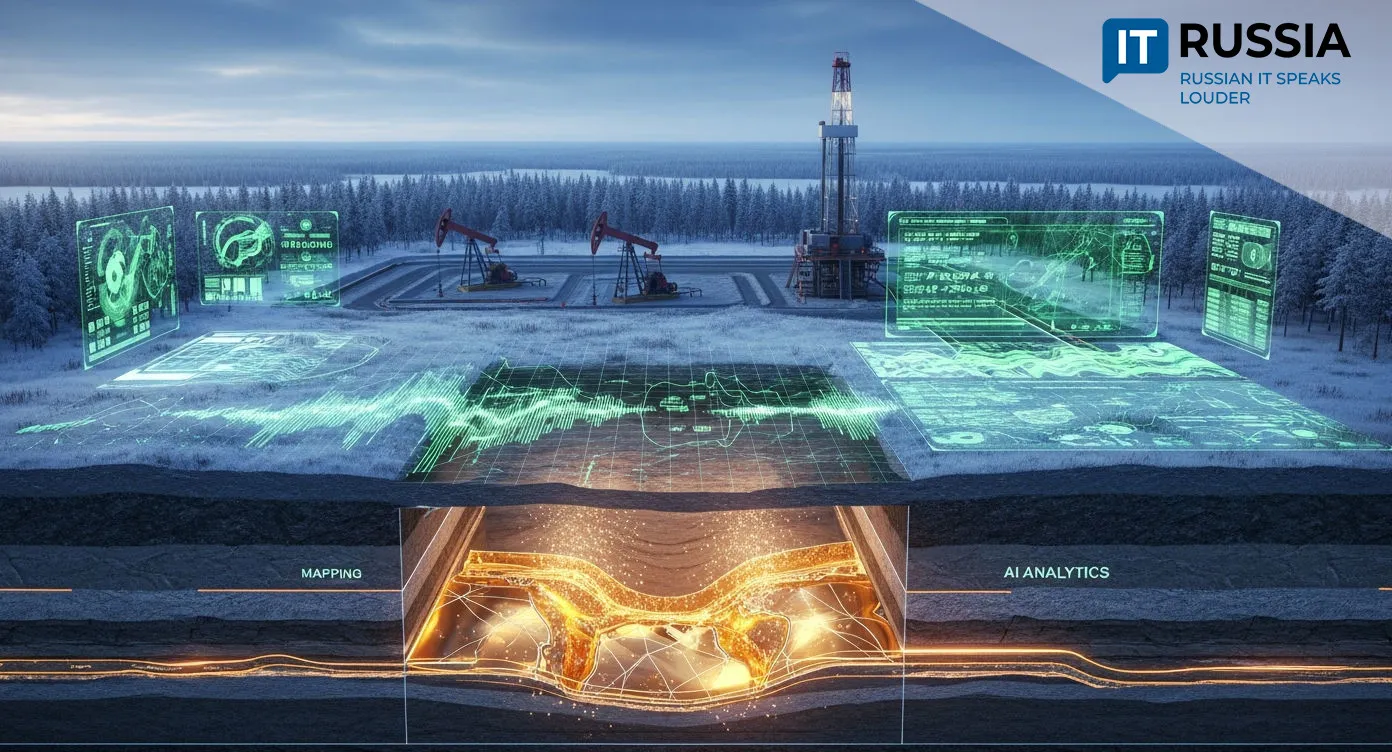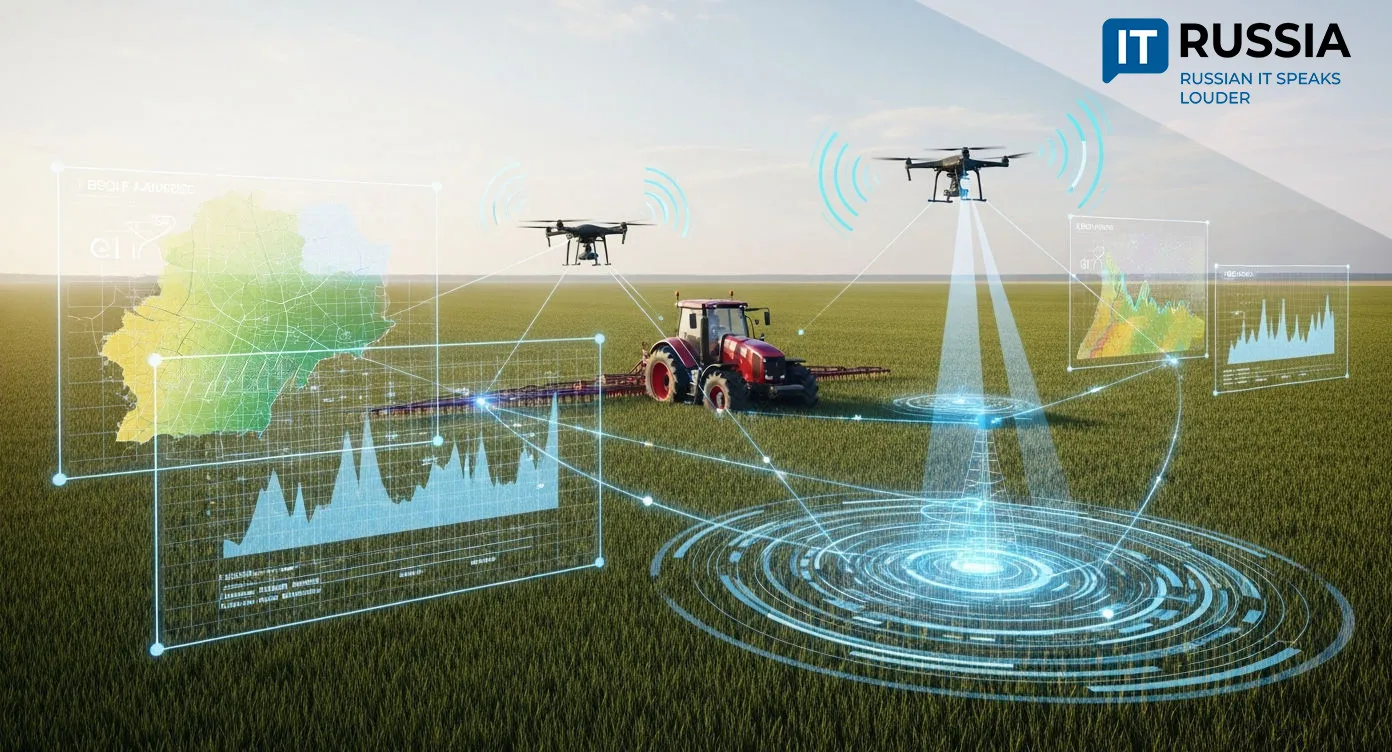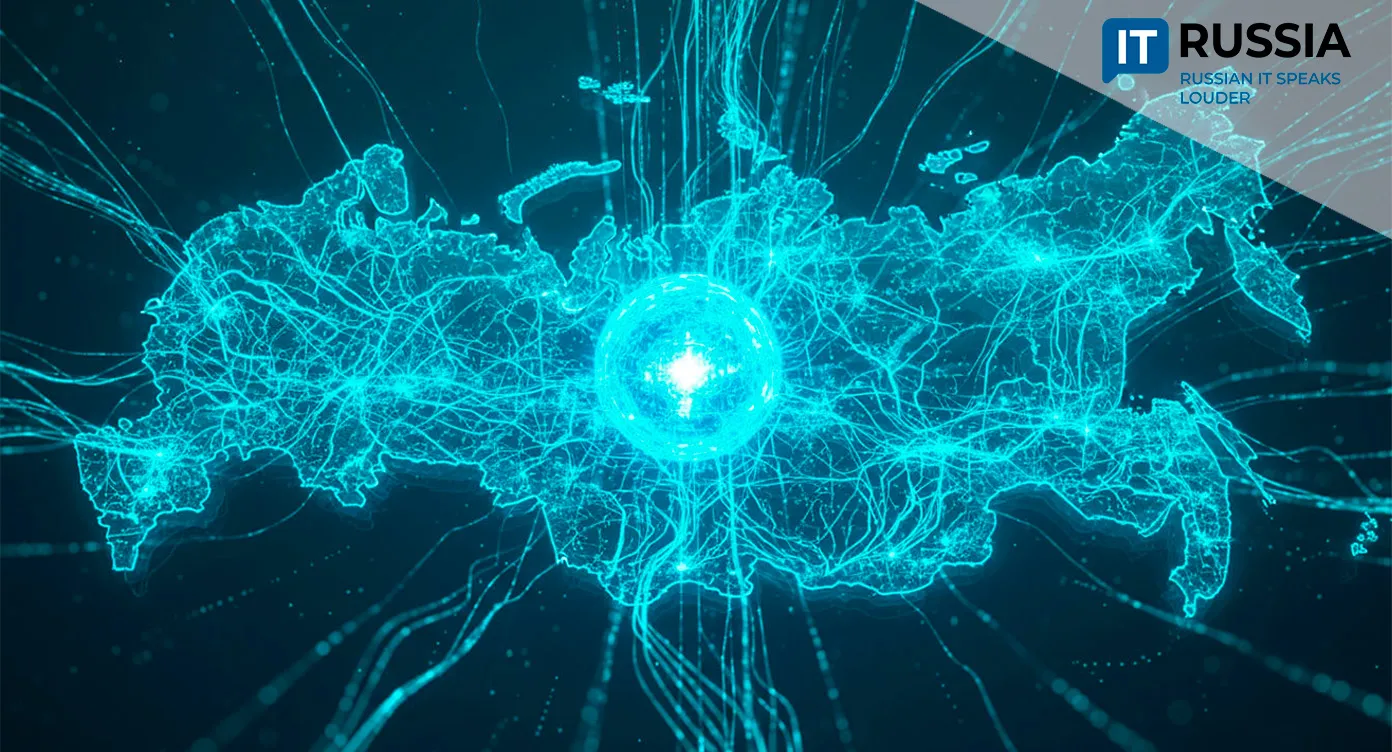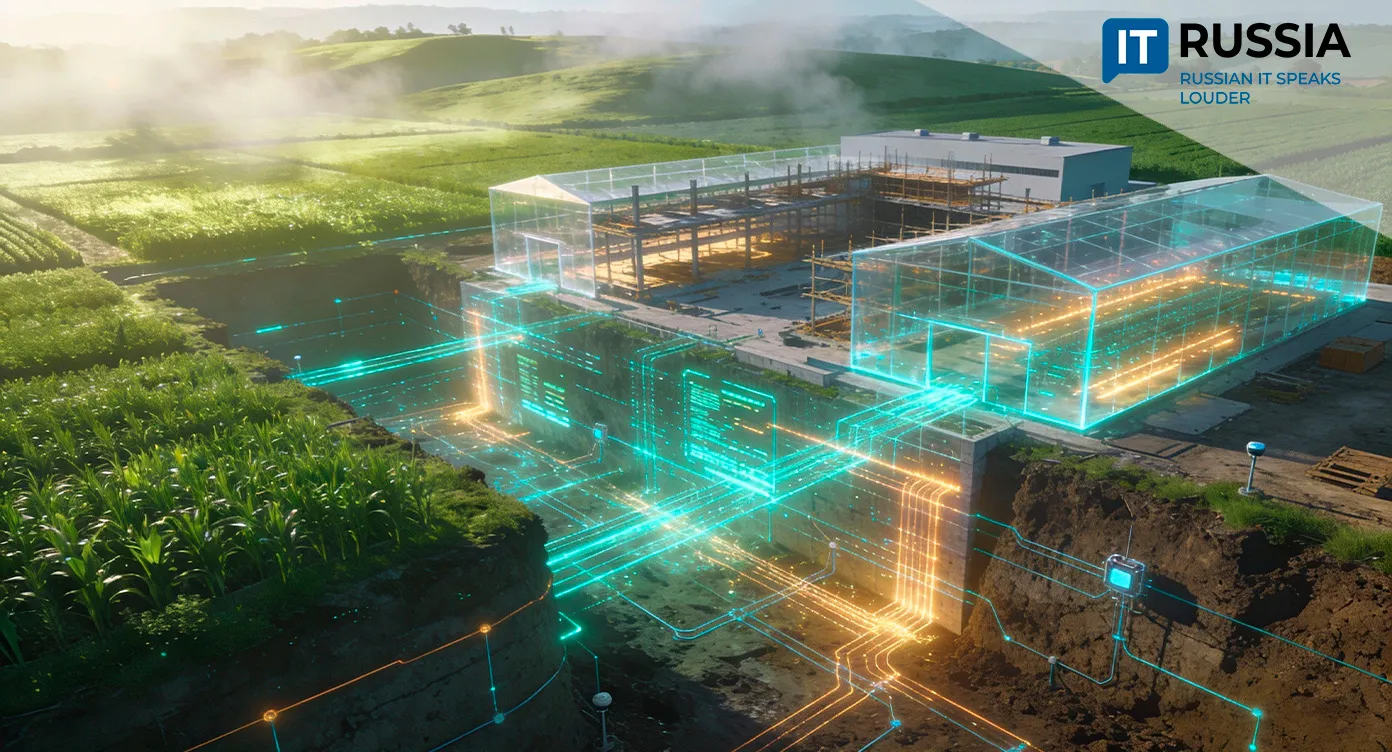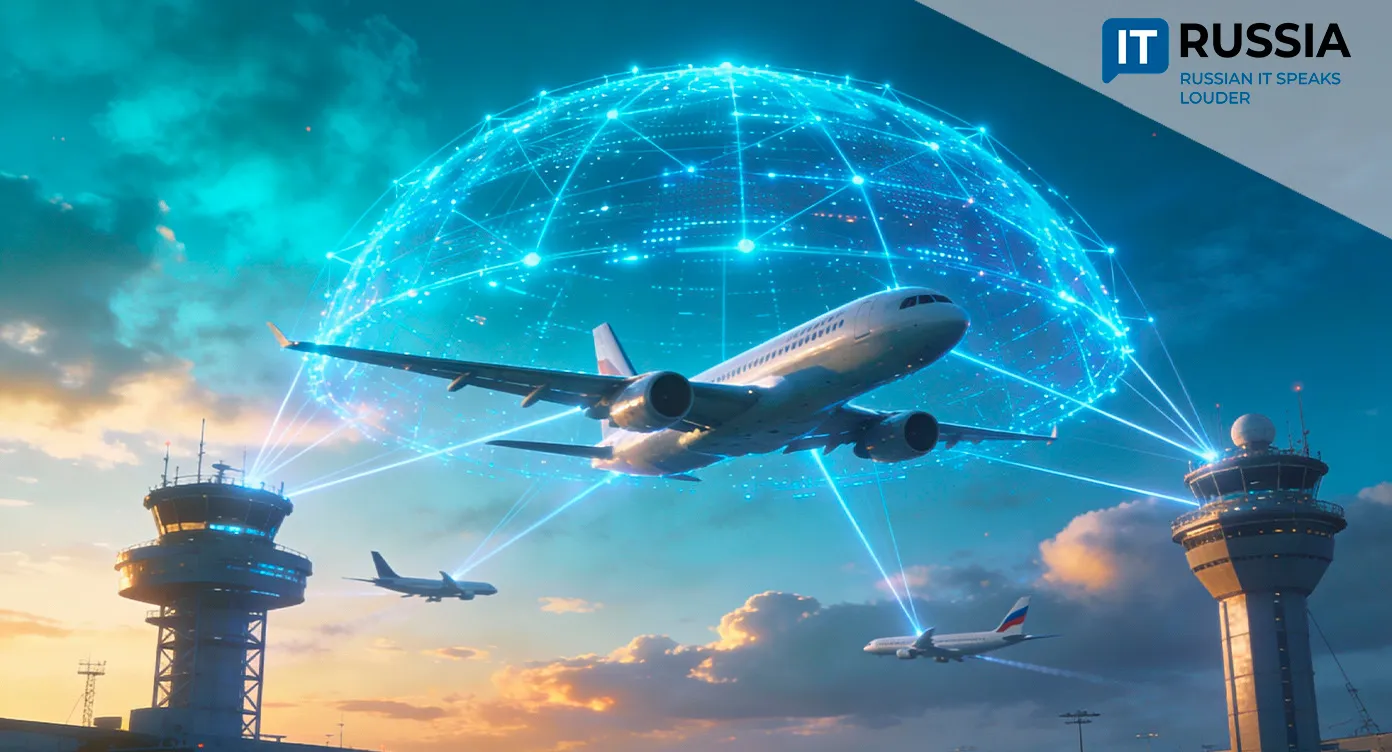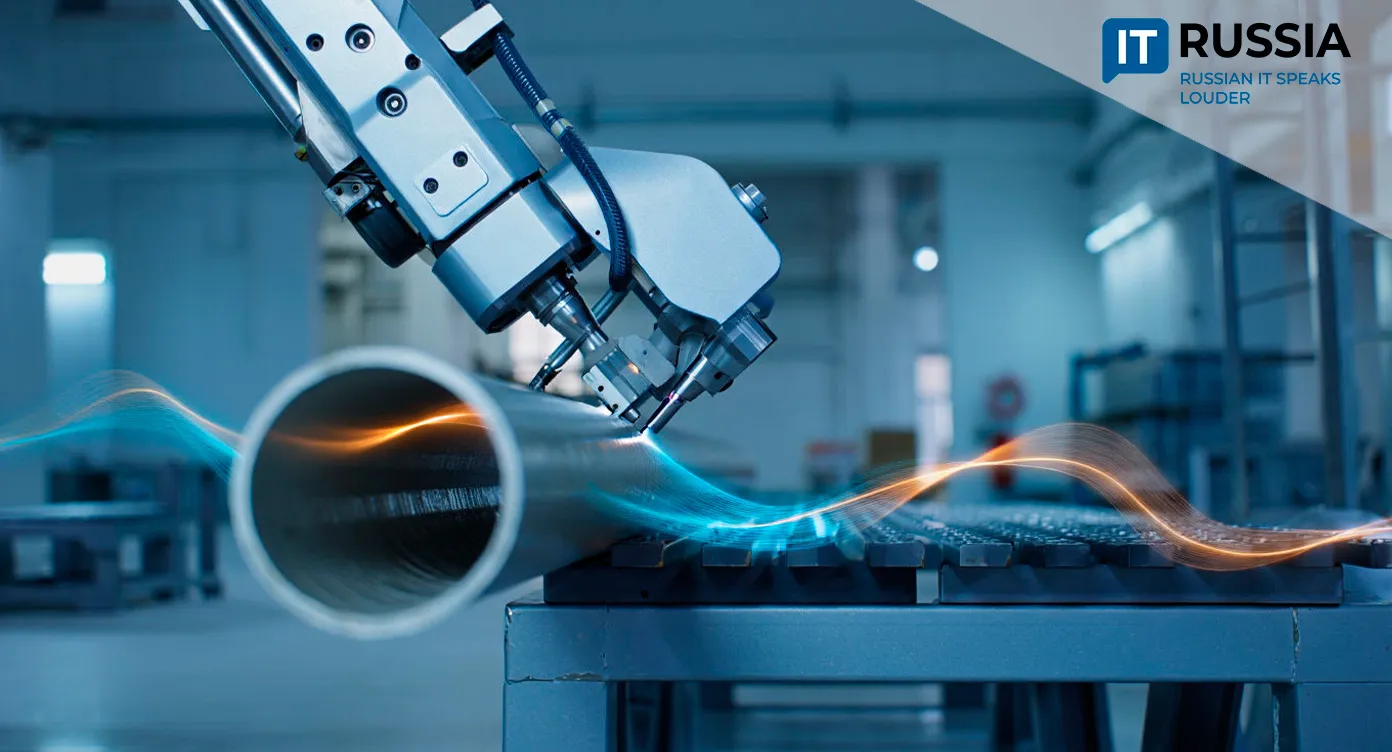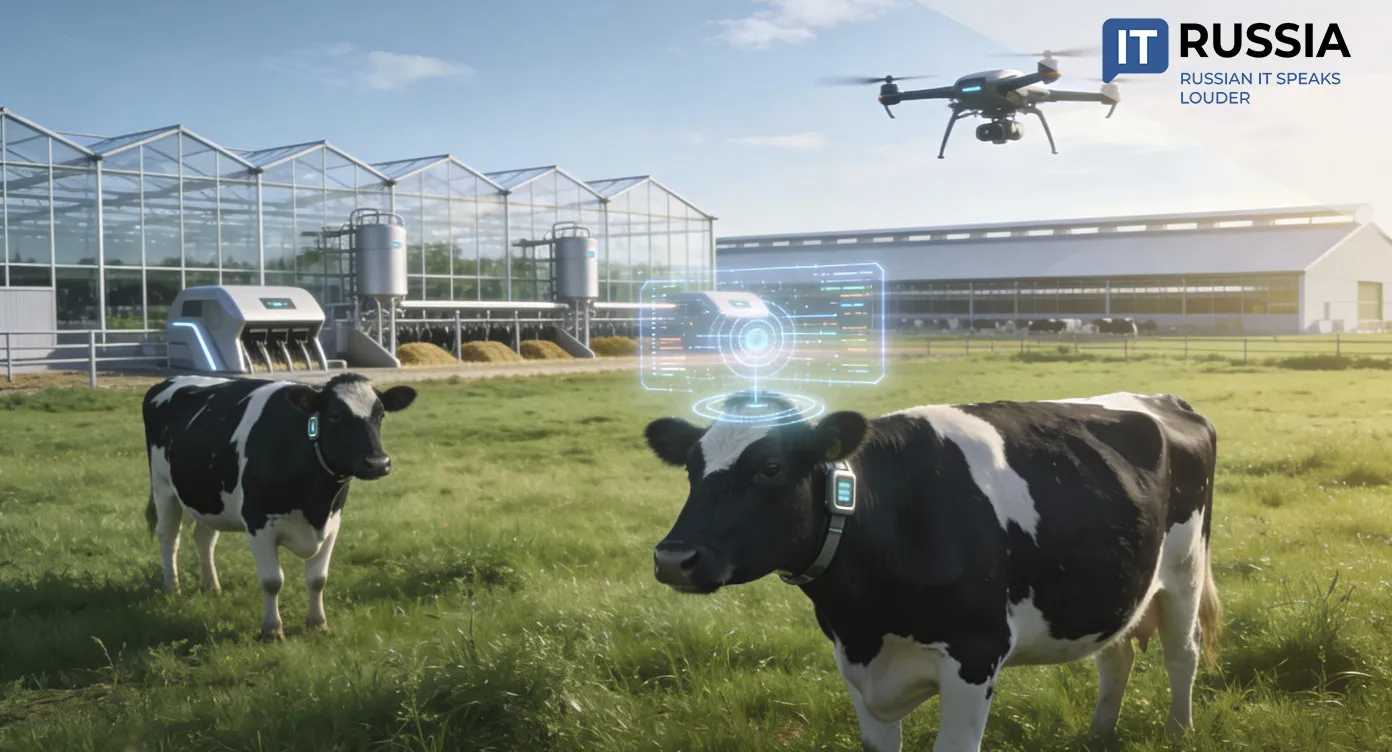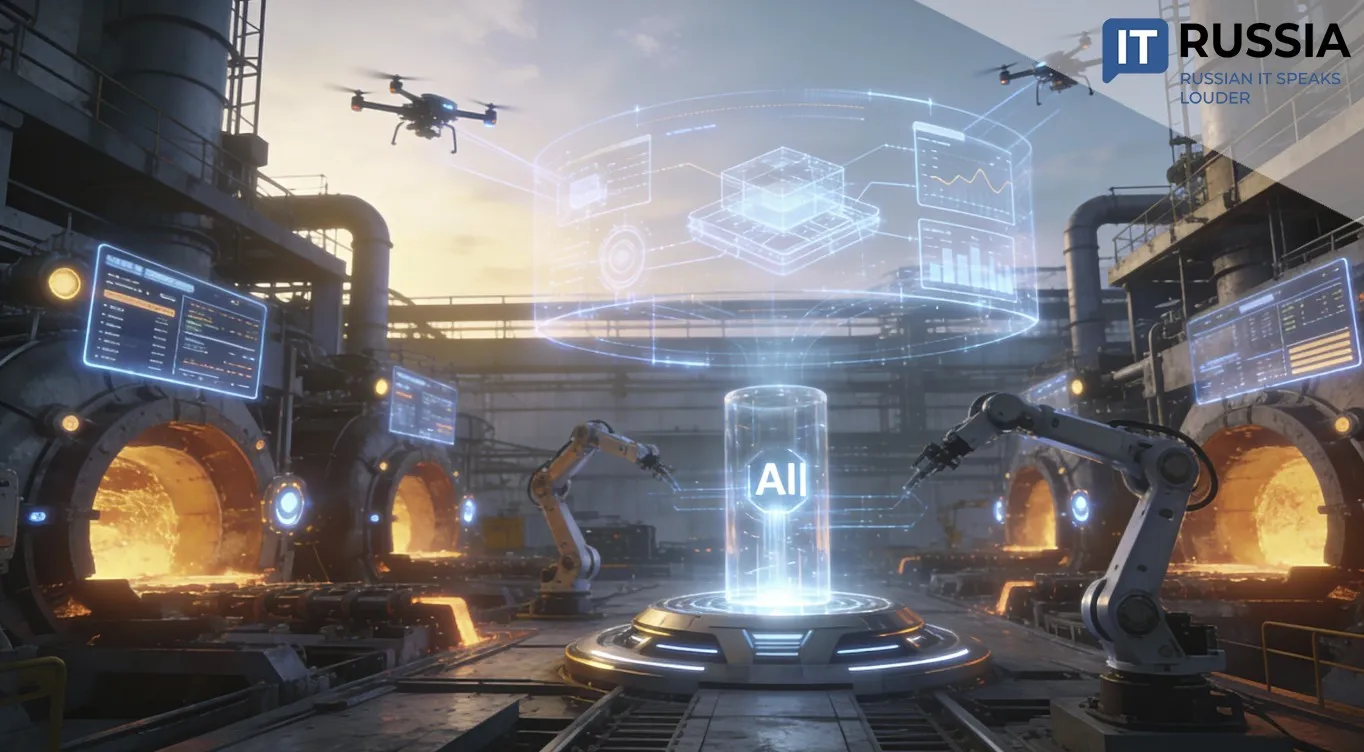Digital Evolution in Oil Production
Partnership between Russia’s IT sector and the oil industry is no longer at the beginning stage—it is now rapidly evolving. For an economy where even a 1% boost in operational efficiency creates a multiplier effect, digital technologies are becoming central to competitiveness and safety.

Driving a Breakthrough
One of the most promising areas is the development and deployment of integrated digital solutions for well workovers (WO)—operations critical to sustaining production at mature fields.
A leading role here belongs to Russian company Drillmatic, which specializes in software for automating and digitalizing oil, gas, and geothermal well construction. Its flagship product is a unified digital system that combines design, management, and optimization of technological and administrative processes. The platform integrates automated solutions, analyzes real-time data, and minimizes human error—delivering gains in efficiency and safety.
Well workovers are not only expensive but also heavily dependent on human labor. Now, many of these tasks are being transferred to AI. The costs of downtime for rigs and crews reach millions of rubles daily, while risks of incidents and accidents demand the highest level of control. At the same time, the industry faces a shortage of qualified personnel willing to work in harsh field conditions, as well as growing regulatory pressure for transparency and safety.
The digital WO ecosystem integrates IoT sensors, predictive analytics, digital twins, and automated reporting systems.

Key Modules
The digital WO platform enables automated monitoring. Real-time sensors transmit critical parameters such as fluid levels, pressure, and tool depth. Eliminating manual measurements reduces risks and improves data reliability.
Predictive analytics speeds up condition assessment and prevents accidents. The digital twin—a virtual copy of the well and the repair process—models scenarios and optimizes operations. What’s more, the system acts as a “virtual sensor,” calculating parameters (such as depth) even when no physical sensor is present. This is less a revolution than a true evolutionary leap.
Reports are generated automatically as well, ensuring objective oversight and analysis. Crew performance is also tracked automatically using unified KPIs such as cycle time, cost, and schedule adherence.
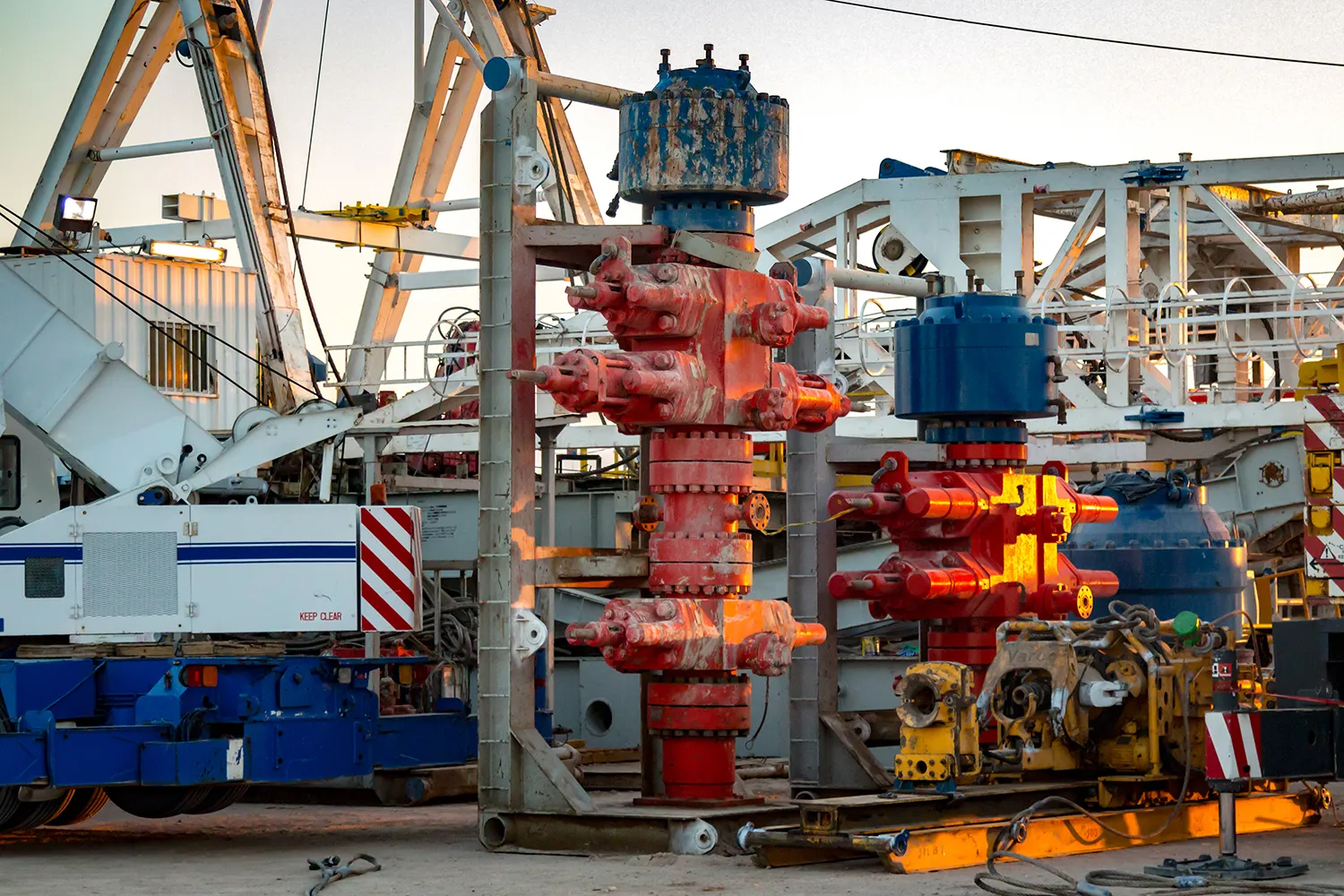
Phased Rollout and Results
Pilot projects by Drillmatic in 2022–2023 in Yakutia’s extreme conditions proved automation viable. By February 2024, testing confirmed resilience to low temperatures and unstable connectivity. In October 2024, the system entered full-scale industrial deployment with expanded digital twin functionality.
The first and most obvious gain from AI deployment was safety. Reducing human presence in hazardous zones and deploying incident-prevention algorithms cut workplace injuries sharply.
In management, digital traceability has delivered unprecedented transparency and control—benefiting both company leadership and regulators.
The economic payoff came quickly. Faster well workovers increased production and cut operating costs. Logistics and resource optimization added further savings.
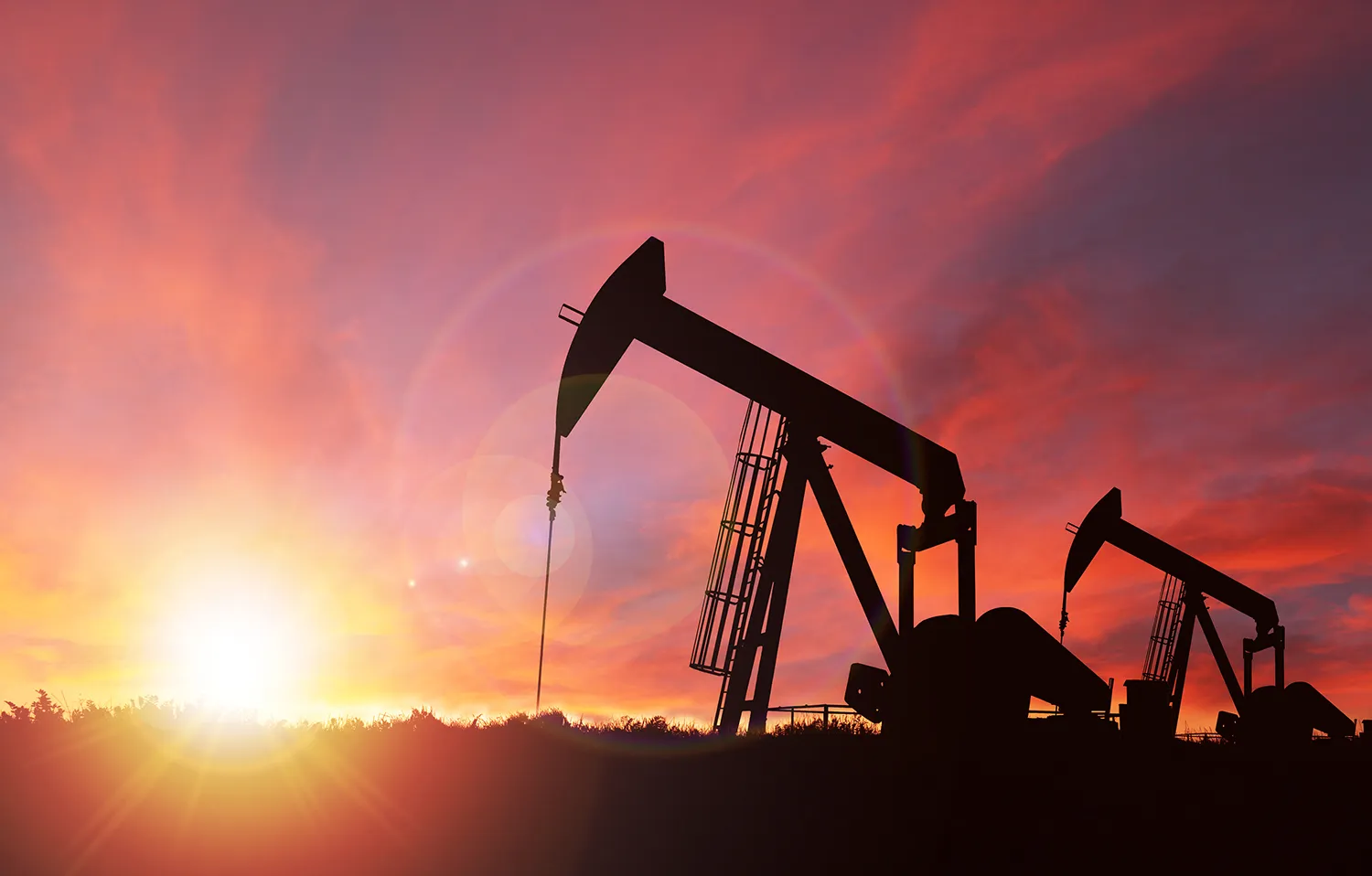
A National Priority
The digital WO project carries national significance. Creating competitive domestic software and hardware complexes strengthens Russia’s technological sovereignty.
Solutions proven in Russia’s harshest regions—the Arctic and the Far North—have significant export potential. Future development is likely to include integration with national geoinformation systems and the complete elimination of paper-based workflows.
Industry trends such as data standardization, overcoming organizational resistance, and ensuring cybersecurity make such solutions inevitable. Digital WO should move from experiment to industry standard—developed in Russia but open to the world.





